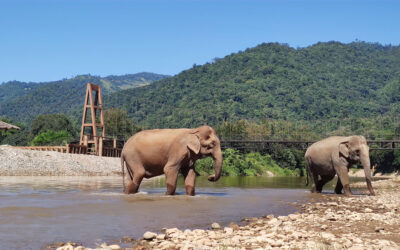Do, if you get time, read Phillippe Sands on the American ‘torture trail‘ in May’s Vanity Fair. Sands is a law professor at University College London and author of Lawless World, in which he questions US and British commitment to the basic tenets of international law.
Sands, like a growing number of other commentators, believes that torture was sanctioned from the top of the Bush administration and that senior members of that administration may eventually be prosecuted for war crimes, especially if they travel internationally once they leave office. (This, by the way, is the premise of Robert Harris’s latest thriller – though it is Tony Blair not George Bush who is in trouble.)
According to Sands, “lawyers for Bush, Cheney, Rumsfeld, and the C.I.A” were directly involved in sanctioning new interrogation techniques – techniques that had emerged from a series of brainstorming sessions at Guantanomo, facilitated by Lieutenant Colonel Diane Beaver, a military lawyer.
These sessions looked far and wide for inspiration:
Ideas came from all over. Some derived from personal training experiences, including a military program known as SERE (Survival, Evasion, Resistance, and Escape), designed to help soldiers persevere in the event of capture. Had SERE been, in effect, reverse-engineered to provide some of the 18 techniques? Both Dunlavey and Beaver told me that SERE provided inspiration, contradicting the administration’s denials that it had. Indeed, several Guantánamo personnel, including a psychologist and a psychiatrist, traveled to Fort Bragg, SERE’s home, for a briefing.
Ideas arose from other sources. The first year of Fox TV’s dramatic series 24 came to a conclusion in spring 2002, and the second year of the series began that fall. An inescapable message of the program is that torture works. “We saw it on cable,” Beaver recalled. “People had already seen the first series. It was hugely popular.” Jack Bauer had many friends at Guantánamo, Beaver added. “He gave people lots of ideas.”
Here’s Beaver on her role – which she saw as a moderating one:
The brainstorming meetings inspired animated discussion. “Who has the glassy eyes?,” Beaver asked herself as she surveyed the men around the room, 30 or more of them. She was invariably the only woman present—as she saw it, keeping control of the boys. The younger men would get particularly agitated, excited even.
“You could almost see their dicks getting hard as they got new ideas,” Beaver recalled, a wan smile flickering on her face. “And I said to myself, You know what? I don’t have a dick to get hard—I can stay detached.”




